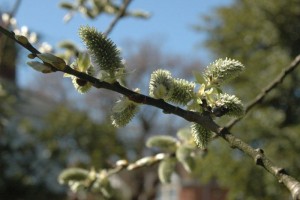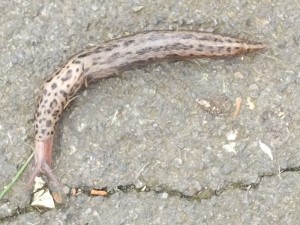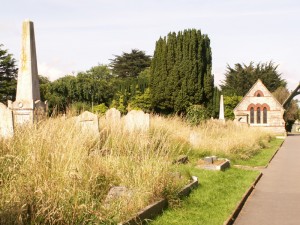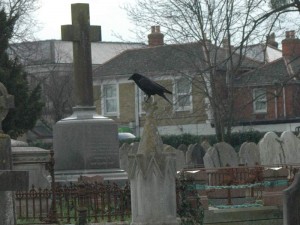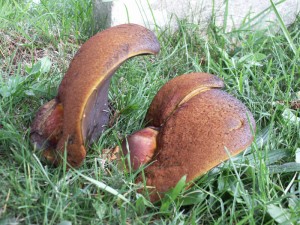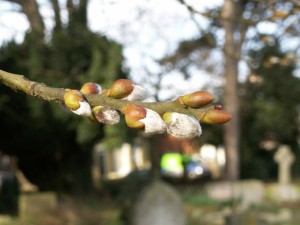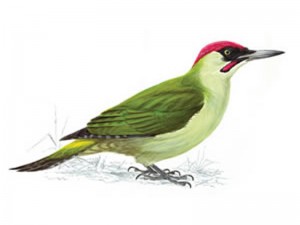Nature
It has been a long, cold winter but at last the Cemetery is showing signs of Spring.
This summer has been perfect weather for slugs and snails, many of which live in the cemetery. Most of them seem to have migrated to the garden of The Lodge and have descimated our vegetable crops!
It was a bitter cold day on Saturday 28 January but 8 brave folk joined us for the Big Garden Birdwatch in Ryde Cemetery.
Despite the glorious early October weather the summer ("What Summer?" I hear you say) is drawing to a close and there are signs of autumn in the cemetery.
The six-spot burnet moth is brightly coloured and is active by day. As a result it is often mistaken for a butterfly. People generally think that moths only fly at night but in fact a number, including the six-spot burnet moth, fly by day.
Ryde Cemetery was established on ancient meadow land and has never been subjected to the use of pesticides or herbicides, so in the summer time when the grass is allowed to grow in the Old Parish Cemetery it fills up with beautiful old English meadow flowers.
It seems to be a great year for primroses and as always there are carpets of them throughout Ryde Cemetery.
After the harsh winter in February we often see the first signs that spring is on the way.
A record numbers of Birdwatchers spotted a record number of species in Ryde Cemetery!

